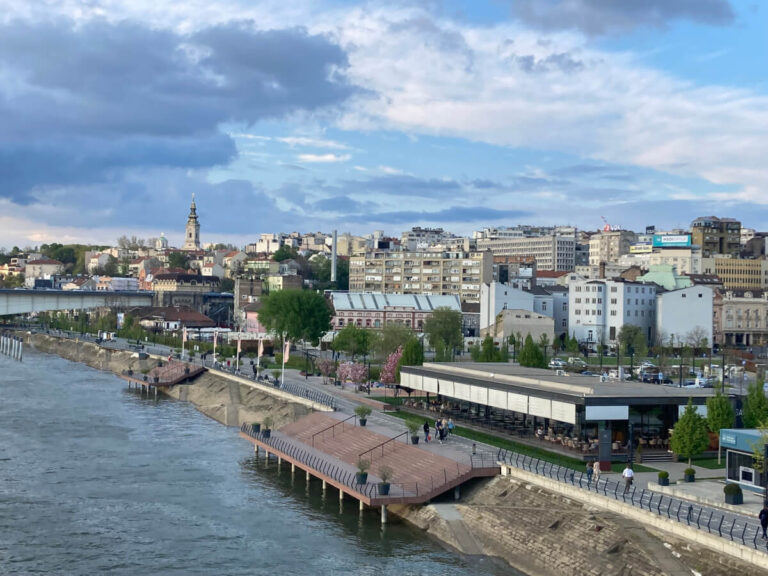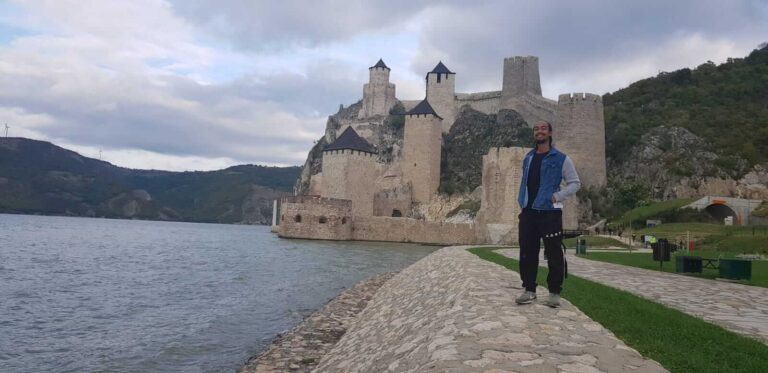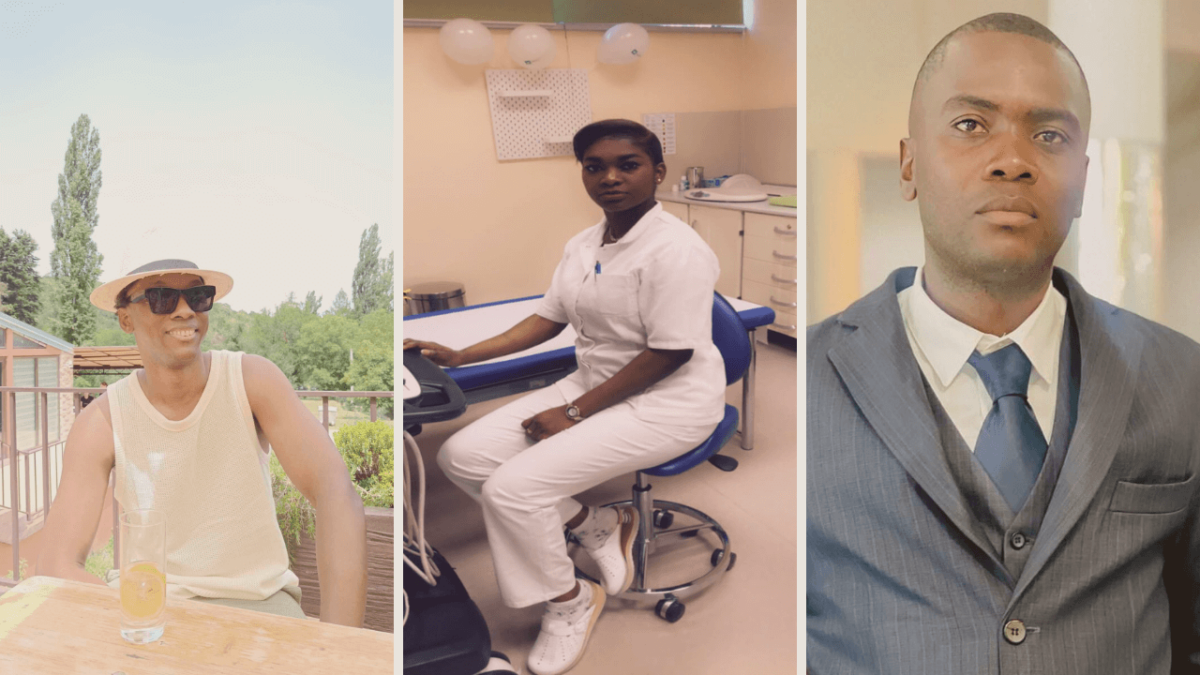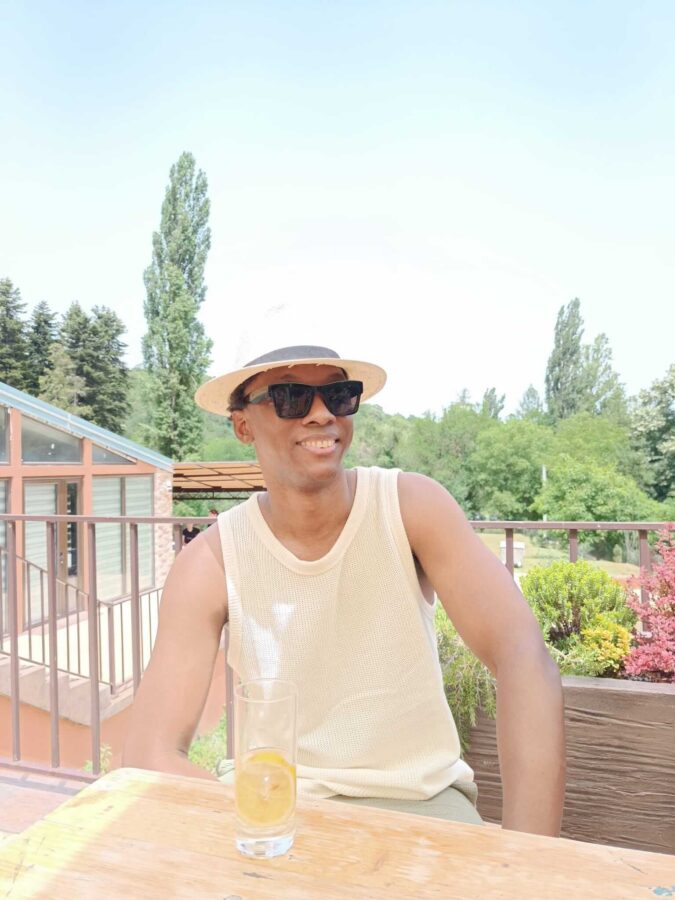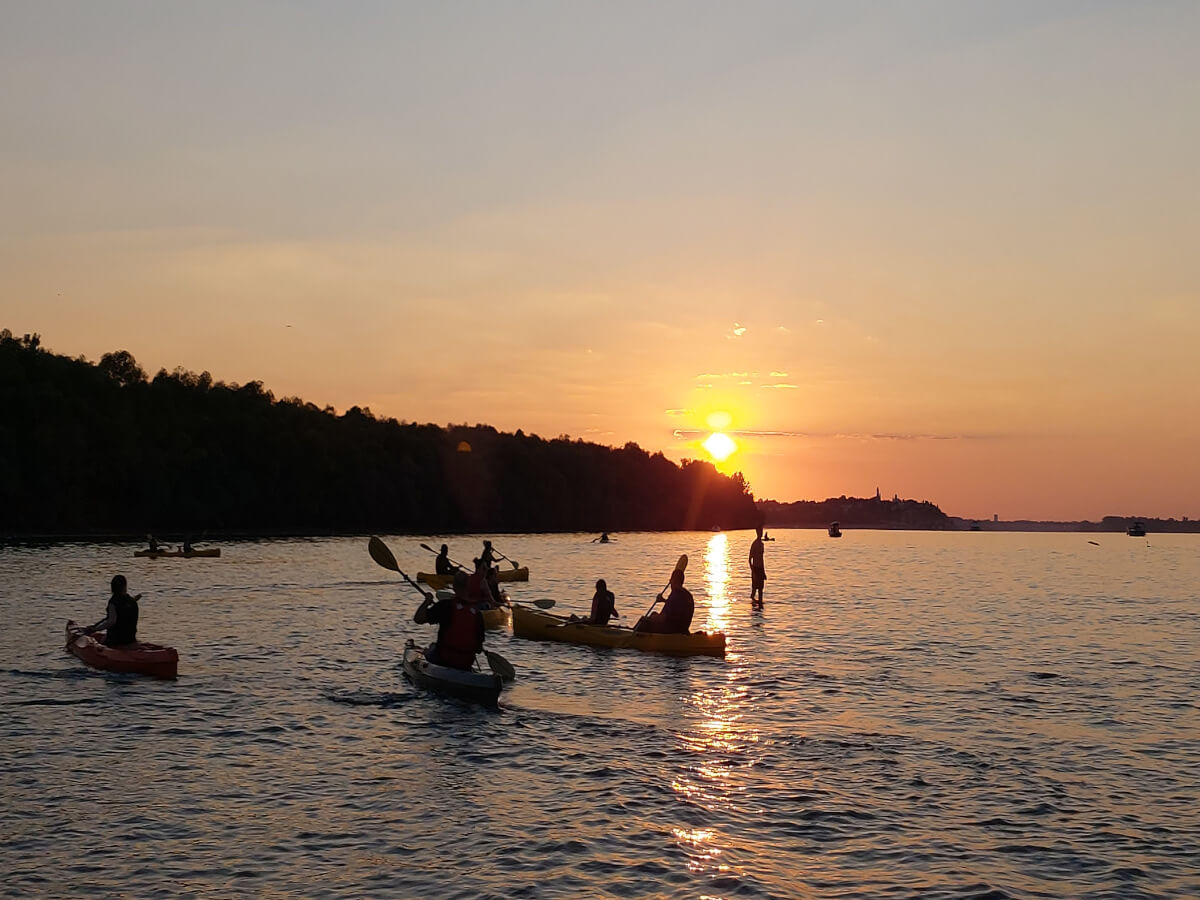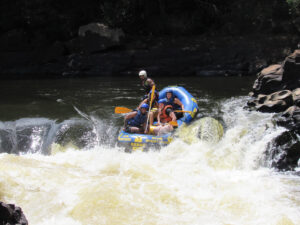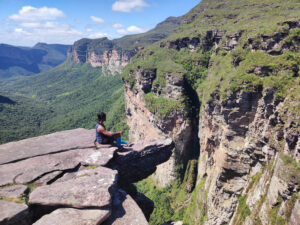
30 Essential Balkan Tips: Advices before traveling to the Balkans
Many of my friends want to visit the Balkans but don´t know what to expect. Despite gaining popularity, the Balkan countries are still not very touristy (the exception is Croatia). Compared to other European countries, the Balkans are not as well-developed, and finding your way around might be difficult. This is why I wrote this post with 30 essential Balkan

